Pocahontas ….. And Pretty Much Everything Else Disney, Ever

The first thing we need to say about the Disney school of ethics is that – just in case people didn’t notice this during their childhoods – using death as a solution is completely acceptable. And it’s not just a case of allowing someone to plummet to their death from a cliff, like in the good old days of Snow White. Actual, active murders are fine. Murders from which Tarantino could learn a few things. This, of course, means that before we get to the main point of this entry, we absolutely have to have a quick look through the catalogue of Disney homicides.
With The Lion King’s Scar having already killed Mufasa because he was in the way of his climb to power (this is a standard attitude too, by the way), Simba later throws Scar off the cliff into the pit of disgruntled employee hyenas, who perform the quickest mutiny in history and tear him to pieces. In the straight to VHS (VHS – lol) sequel to Aladdin, The Return of Jafar, Iago manages to destroy genie-Jafar’s lamp, causing his death – by something that looks horribly like electrocution – to last for an entire minute and involve screams that have never before been heard in the earthly realm. In The Little Mermaid, Prince Eric steers the prow of his ship through Ursula’s midriff. In The Hunchback of Notre Dame, a gargoyle kicks Frollo off a building and into the fires of Hell. Mulan and Mushu torpedo Shan-Yu into a building full of fireworks. Mr Incredible was responsible for knocking Syndrome into the engine of a jet.
With a list of deaths that make Zod’s death look as though Kal-El tickled him to death, Disney have always gleefully taken to heart the fact that if movies in general have a prerogative to do what they want, then cartoons are positively obliged.
What is slightly more unfortunate, however, is that Disney also has a track record of extending this attitude to the historical events behind some of its storylines – even when in reality the ethics of those historical events were quite significantly dubious. The best example of this is Pocahontas.
Disney’s Pocahontas is the story of a free-spirited native American woman, who falls in love with English colonist John Smith before finally denouncing their love in favour of loyalty to her tribe and heritage. Actually the first of all Disney animations to be based on a factual history, this particular version of Pocahontas’ story has become an accepted favourite. The only problem is, Disney were playing it rather fast and loose with the concept of ‘factual history.’
For a start, the real life Pocahontas was thought to be around 10 or 11 years old when she met John Smith. But it’s not even the Lolita type connotations that are the problem here (Pocahontas and Smith actually didn’t fall in love) – it’s the overall romanticizing and glorifying of a situation that in reality involved the aggressive take-over of Native American land by the English settlers, and quite often their capture, enslavement and murder (although quite why Disney didn’t think this was appropriate story material I don’t know – looking at the examples above it would seem to fit right in).
Nor was this the first time Disney had been guilty of ‘interpreting’ events to their own advantage; the presentation of slavery in The Song of the South has rendered it widely recognised as the most racially offensive movie ever made (the situation wasn’t helped by the fact that its African-American star James Baskett wasn’t allowed to attend the 1946 premiere in Atlanta, given that at the time Georgia was still operating some racial segregation laws. Bravo Disney). And not deterred by having their wrists slapped for this several times over (Sunflower in Fantasia – who has since been removed from the film, the crows in Dumbo), they cheerfully turned their hand to ridiculously racist portrayals of other populations instead (the Siamese cats in Lady and the Tramp, Middle-Eastern people in Aladdin, etc.).

But Disney do of course have a legitimate artistic license, and the messages and values of Disney movies are more often than not admirable and important, whatever other issues they ignored in the process.
Also, Pocahontas had a raccoon, and if there’s one thing that we’ve learnt recently, it’s that if you need a device that can get away with mercenary, murder and theft, a raccoon will do it. Who knew?


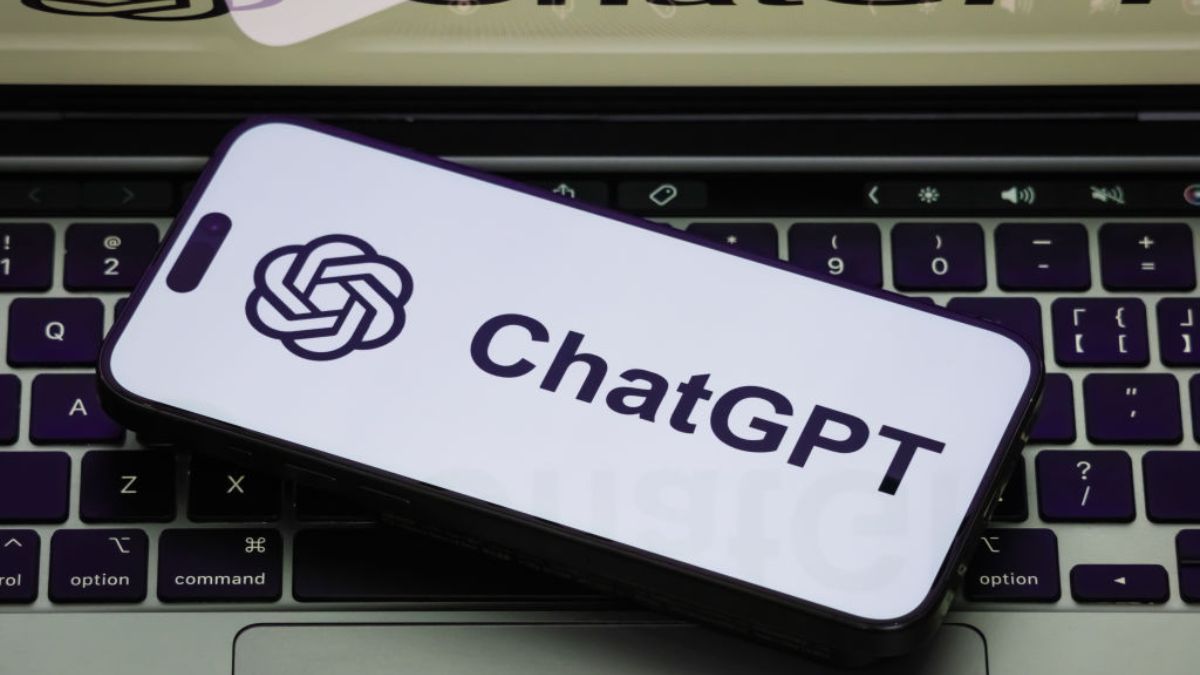


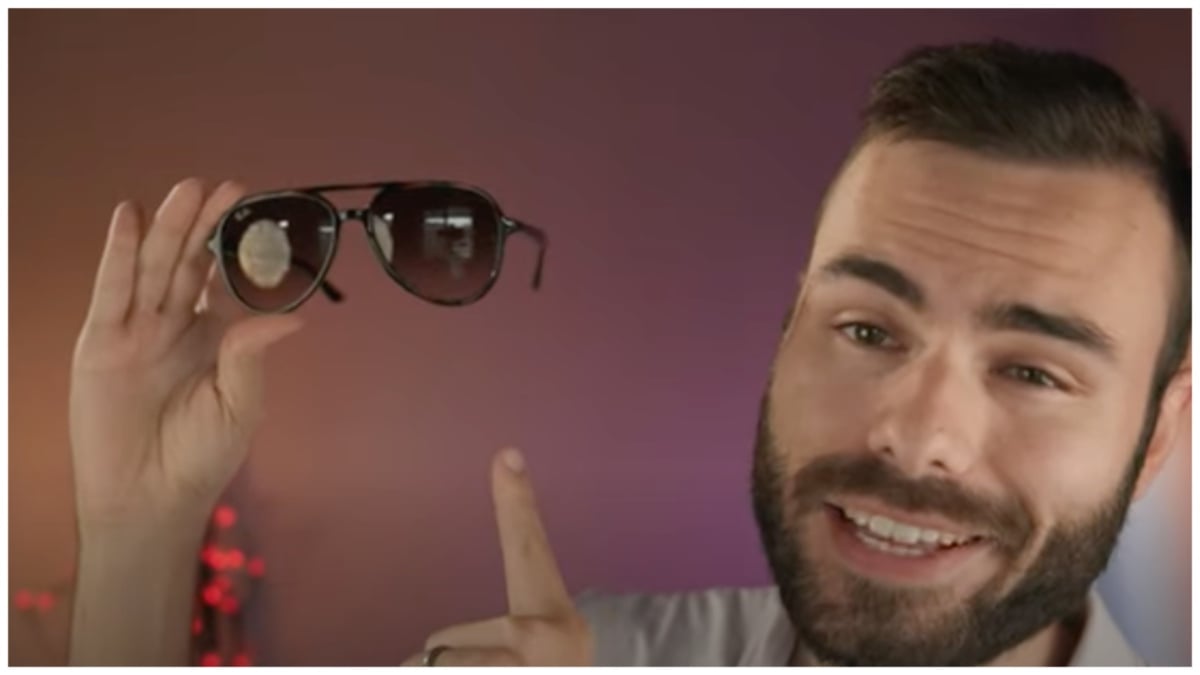
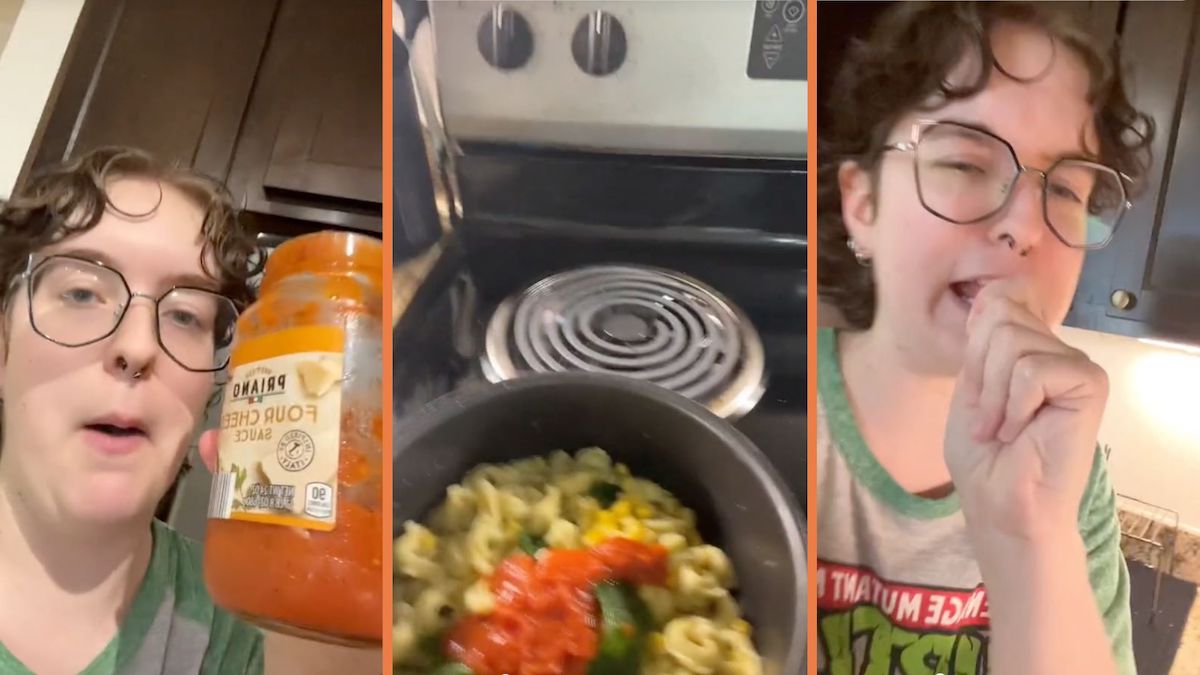

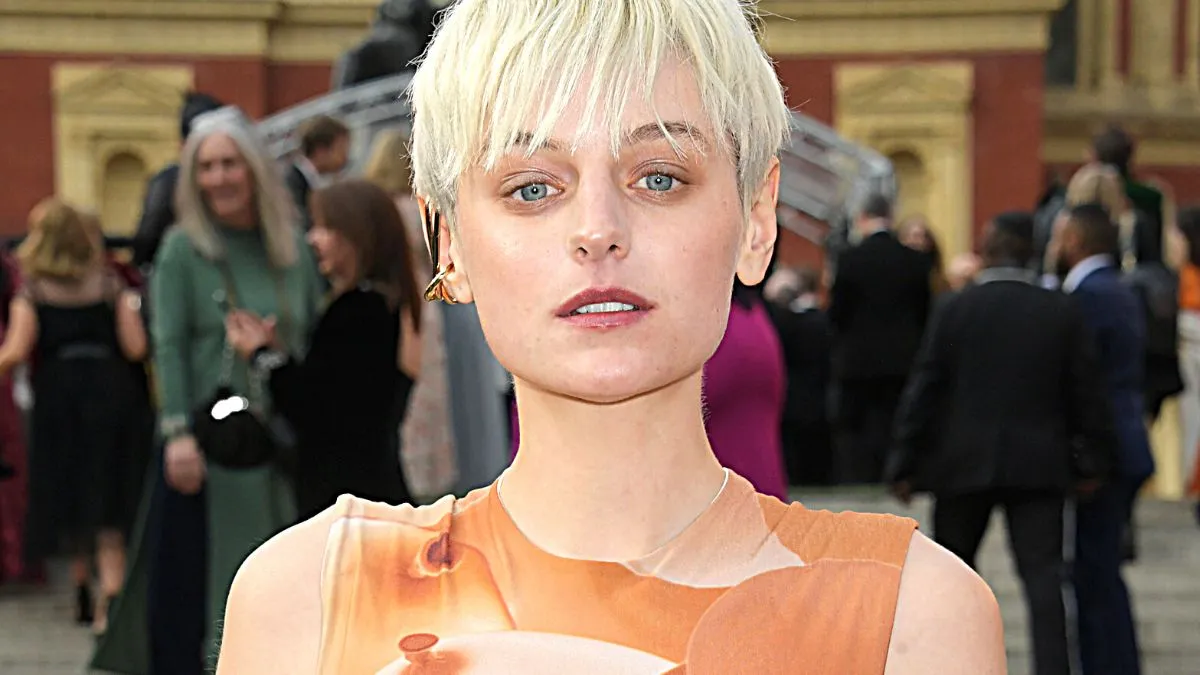
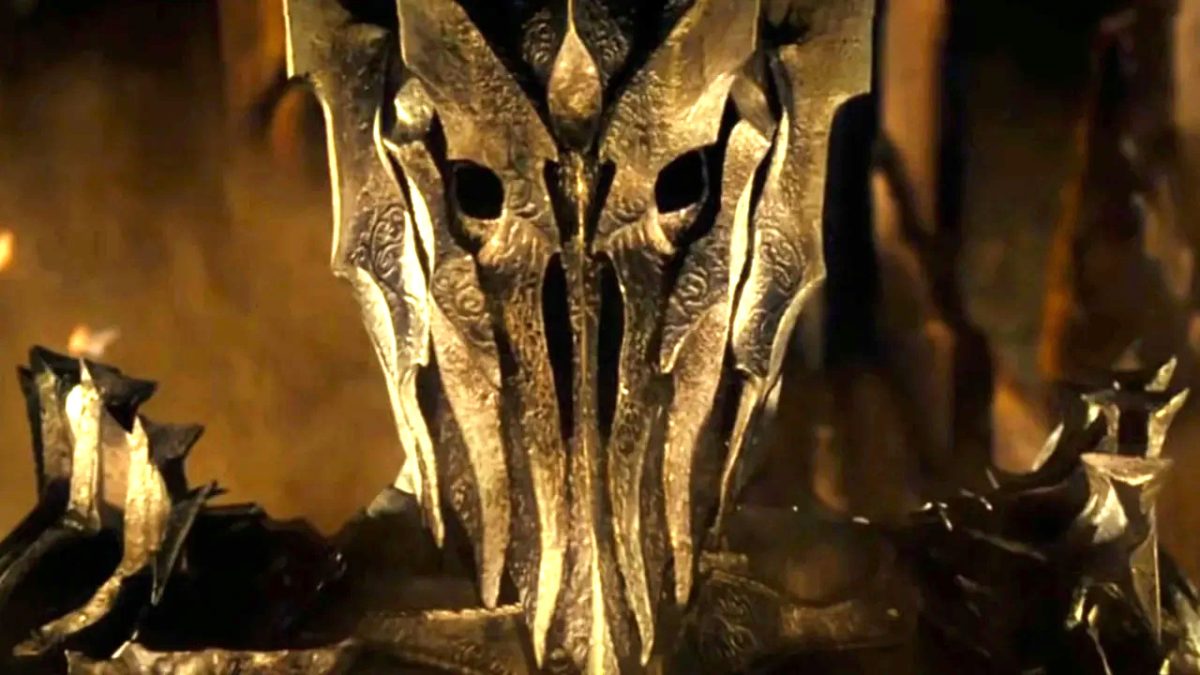
Published: Aug 25, 2014 10:46 am